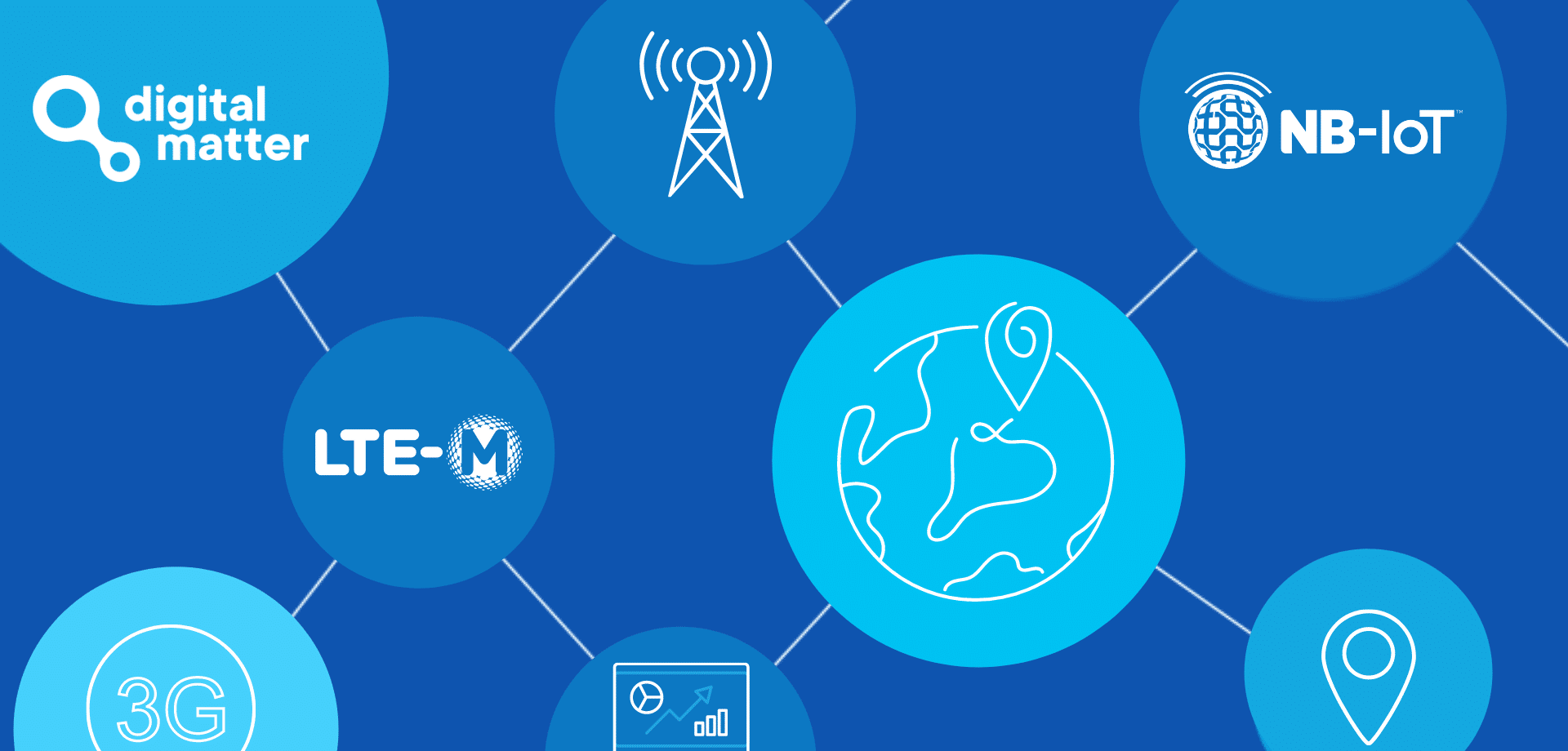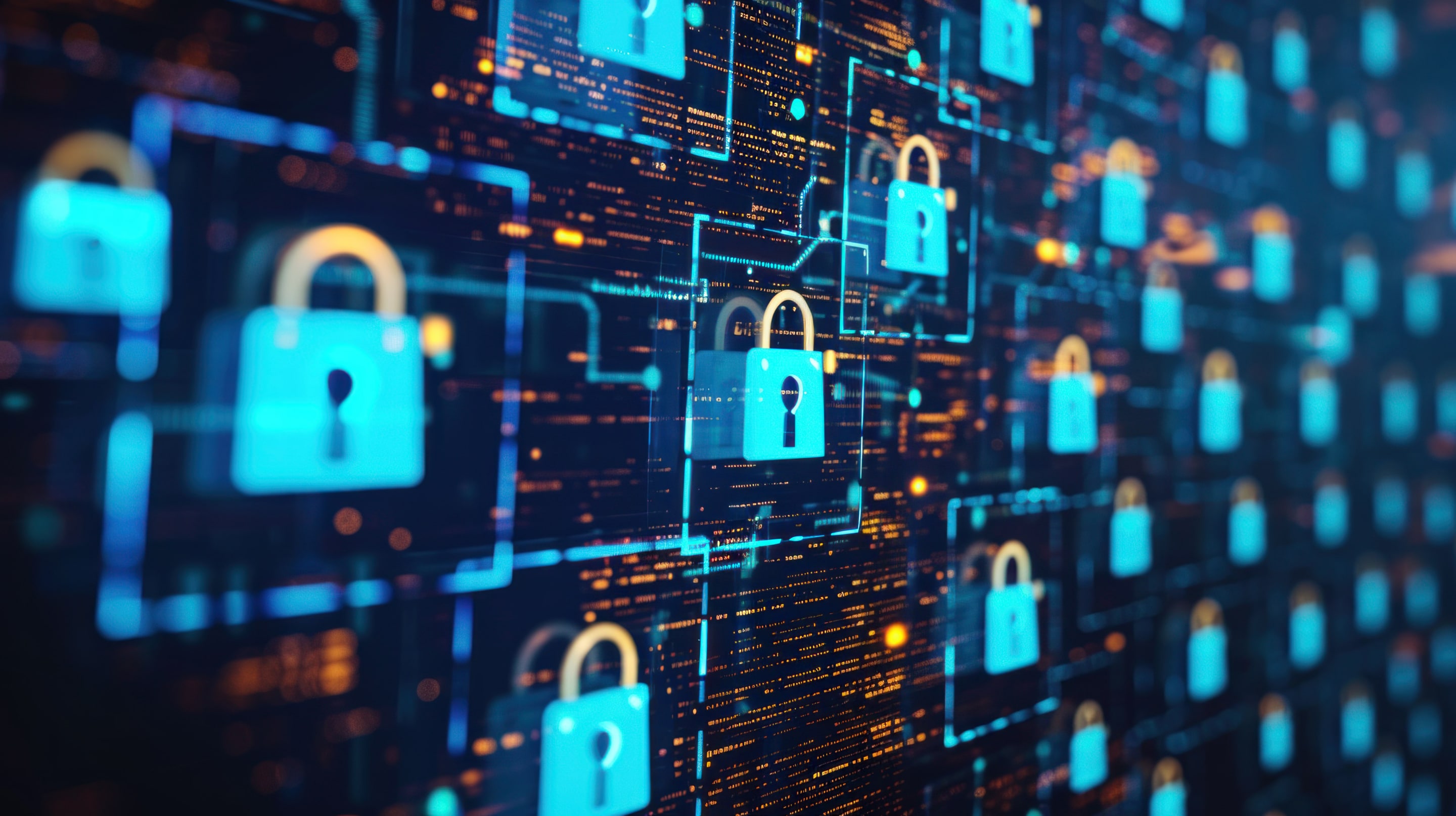3G Network Sunsets in the U.S. – AT&T, Verizon, T-Mobile

Our mission is to help businesses connect, protect, and derive more value from their assets. As a leading global innovator, developer, and supplier of IoT solutions, we drive continuous innovation to enable our partners to deploy confidently at scale worldwide.

In the United States, the three biggest cellular carriers, AT&T, Verizon and T-Mobile, have all announced deadlines in the coming year to retire their 3G networks to shift bandwidth resources toward the expansion of far more advanced 5G technology.
- T-Mobile will finish shutting down Sprint’s 3G network, also known as CDMA, by Jan. 1, 2022
- AT&T announced that its 3G network will be shut off by February 2022.
- T-Mobile also plans to shut down its 3G networks by July 1, 2022
- Verizon said it would finish decommissioning its 3G network by Dec. 31, 2022.
As one of the first IoT hardware manufacturers to go to market with LTE-M/NB-IoT asset tracking devices, we have extensive experience designing and deploying devices on global cellular IoT networks!
What are the benefits of LTE-M / NB-IoT in asset tracking?
Greater network coverage, lower device costs, and superior device functionality is moving asset tracking towards a ‘mainstream’ enterprise requirement, with Cellular IoT set to dominate the asset tracking market.
With 2G and 3G network sunsets accelerating globally, LTE-M and NB-IoT are low-power-wide-area cellular networks built for Internet of Things applications such as IoT asset tracking. Learn more about the differences between cellular IoT networks here.
Cellular LPWA networks are particularly well suited for battery-powered asset tracking applications, like trailer, bin, container, livestock and equipment tracking, as they support incredibly low power consumption, improved range, and better performance as compared with 2G, 3G, and even LoRaWAN and Sigfox networks, depending on the application.
- Future-Proof – LTE-M and NB-IoT networks are now formally recognized as 5G technologies, which means the technology will be supported long into the future
- Battery Life – Optimised for the infrequent transmission of small amounts of data, LTE-M/NB-IoT enables extremely long battery life – over 30x battery life on NB-IoT versus 2G
- Range – Excellent range, including extended-range indoors
- Performance – Cellular-grade wireless technology performance can handle more data than other LPWANs
- Security – LTE-M and NB-IoT networks operate on licensed spectrums and use longer encryption keys than other LPWANs for greater security
- OTA Device Management – LTE-M/NB-IoT supports two-way communication with devices which enables over-the-air (OTA) firmware updates and remote debugging – this is critical in battery-powered asset tracking, where we strive to minimize the amount of interaction with a device once deployed as much as possible!
- Cost and Complexity – LTE-M/NB-IoT devices are generally less complex and cost less to produce, deploy, and manage, which means it’s now more affordable for businesses to track all their assets, not just vehicles
Contact us to get started with our versatile range of LTE-M/NB-IoT asset tracking solutions and the largest portfolio of battery-powered asset tracking devices on the market today.
Related News

Let’s Get Started
Submit the form to get in touch with a Digital Matter representative from your region.
Contact UsSubscribe
Get helpful content delivered straight to your inbox.
Let’s Get Started
Submit the form below to get in touch with a Digital Matter representative from your region.

Looking for support? Check out our knowledge base.

Information on becoming a Digital Matter Partner.

Information on pricing, availability, and proof of concept.

Guidance on selecting the right products for your application.






